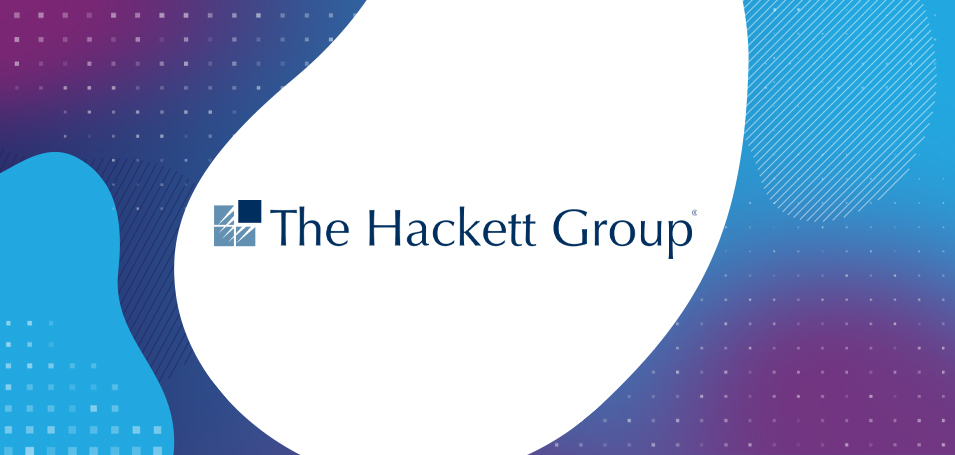You spend a lot of time, effort, and resources creating valuable learning content, with the goal of getting it into the hands of as many people as possible — the right people.
One way to do this is by engaging directly with individual learners in a one-to-one arrangement, either by offering free content to learners or by providing premium access through a financial transaction. Another way, with even greater impact, is by packaging and delivering those learning experiences to entire organizations through a business-to-business (B2B) approach.
In the B2B approach, there are essentially two high-level use cases:
- Paid B2B content licensing: In this model, you are an expert in a subject area, such as leadership, analytics, or process improvement, and other businesses come to you for your expertise. These businesses want to buy your content in bulk and distribute to their employees or their business constituents. In this scenario, your business — the one with the expertise — will package up your content and sell it B2B in a “licensing” model.
- Content distribution to the extended enterprise: This typically revolves around product and services training. You want your customers, partners, resellers, and other “extended enterprise” learners and businesses to engage with your content and stay trained, educated and informed about your products and services. This can help to increase customer satisfaction, decrease time-to-market for your partners, boost bottom-line profitability for your business and promote a culture of engagement with your brand.
Paid B2B content licensing
In the paid B2B content licensing distribution use case, rather than trying to connect with the individual learner, you license content to an entire outside organization — for example, to B2B customers that pay you for your content. That organization, in turn, handles the delivery of the material to its learners. Your objective is to provide the learning content their organization wants, and they handle the nit-picky work of figuring out who should take the courses based on role, department, skill level, etc.
The distribution challenge: To accomplish that, you need a way to distribute content more effectively while also managing and monitoring its usage. For example, if you’re selling a 10,000-user license to one enterprise, a 2,000-user license to another organization, and a 100-user license to a third company, you want seamless functionality to make sure each of your B2B customers you are licensing content to doesn’t exceed the usage or time frame they are contracted for. Likewise, you want the ability to control and ensure the organization (and its users) only have access to the content licensed for them.
The B2B customer you license your content to will also want to maintain control over which of their departments or business units have access to the learning content. The same management interface you use to perform your licensing operations to delegate access to your B2B customers also needs to fit their management needs, but from within a controlled enterprise-wide boundary. Just as you may license your content to 10, 20 or 50 different enterprise customers, each of those customers may have 10, 20 or 50 different divisions that need access to your training materials. Through a “sub-licensing” structure that allows you to restrict access, you delegate oversight to “licensees” to manage usage within their business as they see fit, then they delegate access as they choose.
Content distribution to the extended enterprise
Partner and reseller training offers a unique use case for content distribution. Many enterprise businesses extend beyond the walls of their internal operations through extensions with partners, dealers, retailers, resellers, and distributors — all of which are helping you sell, support and advocate for your products and services out to the wider world. This “extended enterprise” often needs training that fits its various roles. For example, partners that are selling your products on your behalf may need learning content to get onboarded with new products and services, stay up to date and trained with sales approaches, and get educated on troubleshooting product problems.
The distribution challenge: Your learning technology needs to be able to deliver access for the right training to those partners and extensions of your business to pass along to their own groups of learners — but without weighing down your staff with burdensome usage details. What would be optimal is a content distribution structure that provides your “extended enterprise” businesses with access to suitable learning materials and gives them the capability of parsing out the training to their internal learners as they choose.
Whether your organization distributes content direct to consumers or via a B2B model, it’s important to invest in an online learning software that the enables your organization to evolve, scale, and avoid common distribution challenges.
Learn how the Thought Industries’ Learning Business Platform™ streamlines B2B and extended enterprise content creation and content delivery by scheduling a demo today.



